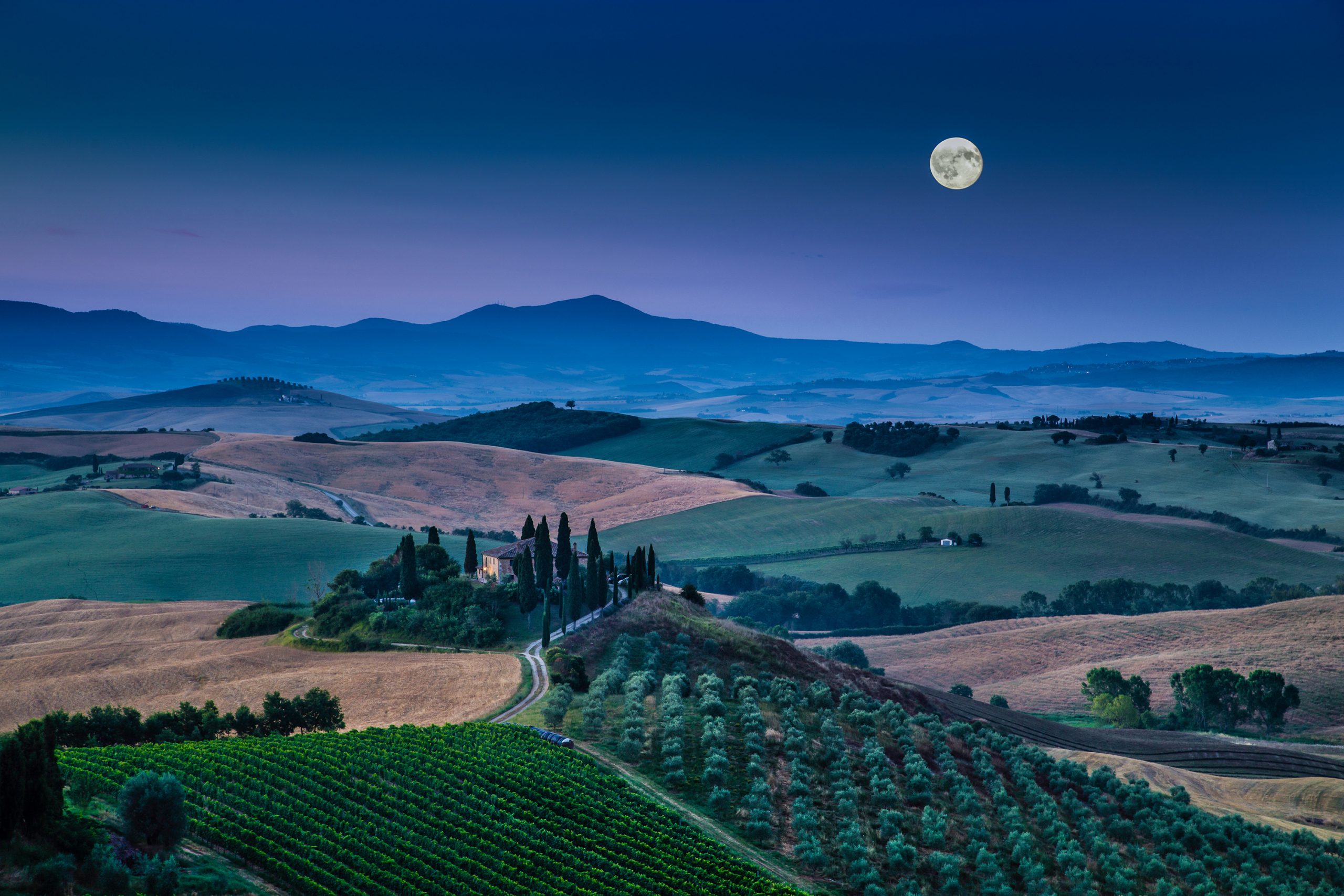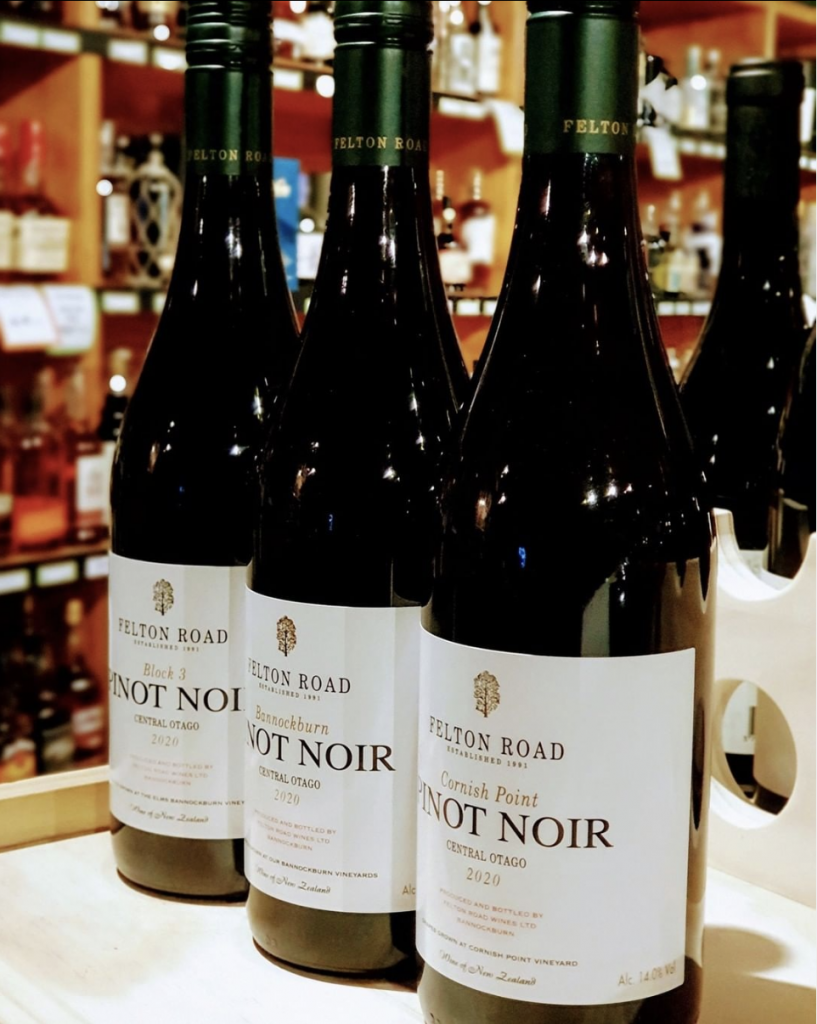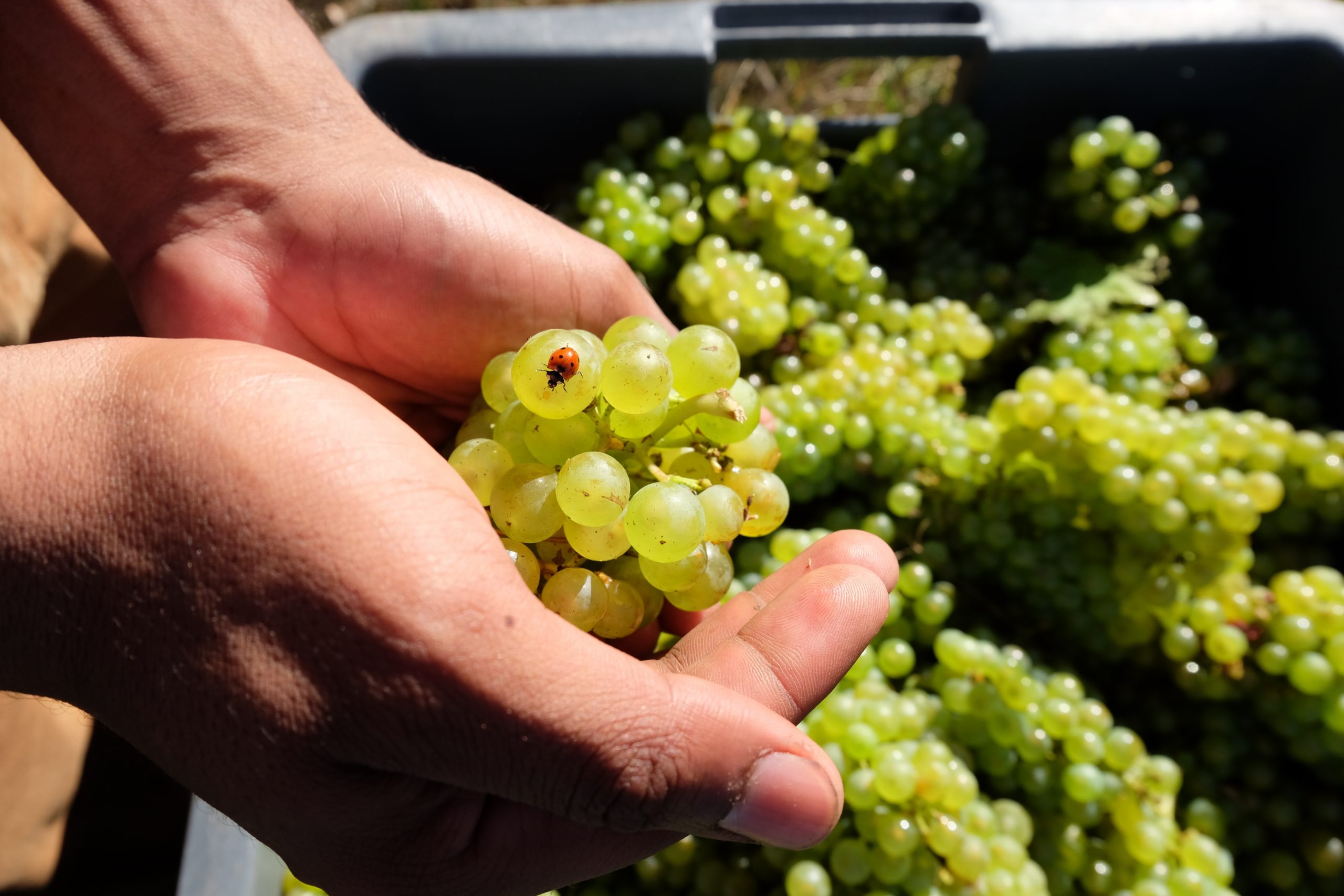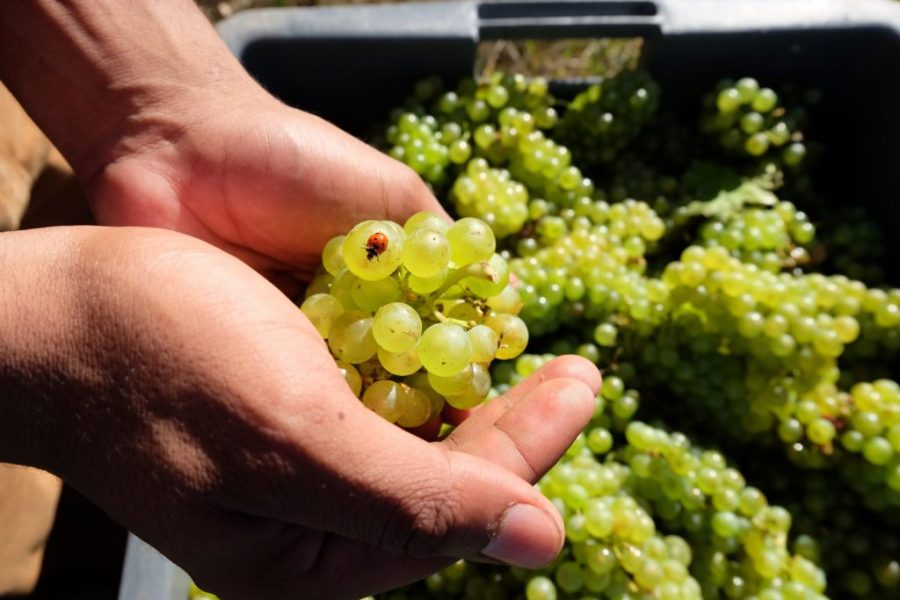Natural wines have become a hot topic in Macao over the last couple of years. Thanks to Explorevine, the city’s first natural wine concept store, which opened in 2021, natural wine has become more accessible than ever.
And it’s not just Macao. In 2021, the global organic wine market, which includes natural wine, was worth US$8.9 billion (MOP 72 billion) and is expected to grow at an average rate of 10.2 per cent from 2022 to 2030. But without legal standards regulating natural wines, this part of the industry can feel like the Wild West.
Given the uptick in interest yet hard-to-decipher industry lingo, I’ve devoted this column to the world of natural wine. Read on for an introduction to the wine style, as well as some clarity on common misconceptions and overall quality.
What is natural wine?
It’s a great question – and one that’s hard to pin down, so I asked Jennifer Docherty, who is a Master of Wine and head of buying and education for Summergate Fine Wines and Spirits, to weigh in. A leading wine purveyor based in Hong Kong and Shanghai, Jennifer says natural wine is mostly a marketing term.
Since it lacks a legal definition, “natural wine” is generally used to describe a category of wines and their producers who practise minimal intervention – meaning, they try to do as little as possible to the grapes. They often avoid common additives – like sugar, commercial yeast, sulfites, gelatin, colourants or chemicals – and use wild yeast (instead of commercial yeast) during the fermentation process.
Some winemakers market their natural methods very clearly through labels and descriptions. Others don’t mention it at all, which can make it difficult to identify some of the best natural wine producers if you’re not well-versed in wine.
When did the natural wine movement start?
It’s hard to say for sure when and where people started to advocate for natural wines. But many credit small-scale winemakers in Beaujolais, France, for starting the movement in the 1950s, when they ceased using commercial yeast and pesticides. In the 1970s, an influential group of French winemakers also advocated for sulphur-free wines and a return to low-intervention processes.
Many independent, small-volume vineyards – many of which were family-run estates – embraced natural wine-making philosophies and joined the movement, which gave way to natural wine tastings, dedicated stores and bars in the 2000s.
More recently, a rise in environmental concerns has propelled momentum around the globe. Customers started paying more attention to what they were consuming, while large-scale winemakers reconsidered their practices. Yet even with the growing demand, less than 7 per cent of the world’s vineyards are certified organic.
What is the difference between natural, organic and biodynamic wines?
Many natural wines are organic, biodynamic – or both. Organic certifications focus on the way grapes are grown. They often require zero, or at least minimal, chemicals used in the grape-growing and wine-making process, whereas biodynamic wine-growing incorporates organic practices but goes a few steps further.
Austrian scientist and philosopher Rudolf Steiner introduced the biodynamic approach to agriculture in the 1920s. He advocated for a return to natural practices, eschewing heavy manipulation and synthetic fertilisers.
His biodynamic approach focuses on the energy of the universe, relying on astrology, especially the lunar calendar, to guide agricultural decisions. For example, some biodynamic winemakers rack and bottle wine during the full moon, believing that the pressure of the moon helps the sediments to settle.

Is natural wine better than conventional?
Natural wine doesn’t come with any guarantees of quality or flavour. Some natural wines taste very similar to conventional wines and the average person would not be able to identify the difference by taste alone. Unless you read the label carefully, sometimes you may not even know you’re drinking natural wine. And some of the best natural wines aren’t labelled as such – they are simply made with strict hygiene practices and low-intervention principles, but they don’t advertise it. These wines tend to be favoured among sommelier circles, as well as customers in fine-dining restaurants.
For instance, I would recommend:
View this post on Instagram
– Joysmeyer, Alsace: This renowned, French biodynamic wine producer makes stunning riesling, gewürztraminer and pinot blanc wines that boast bright fruit aromas and clean, pure flavours.

– Felton Road, Central Otago: A New Zealand winemaker that has been practising biodynamic farming since 2003. Their pinot noir and chardonnay wines are loved for their lifted aromatics, pristine, concentrated fruit notes and ability to age.
View this post on Instagram
– Radikon, Friuli: Known as the ‘King of Orange Wines’, and for good reason. The Italian winery has been practising biodynamic agriculture since 1980. If you want to explore how wines tasted in Roman times, get a bottle from Radikon. Both the orange and red wines are complex and rich.
However, quality can be inconsistent in the natural wine world, since winemakers do not add sulphur, a common preservative and anti-bacterial agent that helps balance the flavours. It is possible to make wines without sulphur, but it is hard to make consistently good wines without it. To do that, winemakers must ensure hygiene and cleanliness throughout the winemaking process. For example, they must sanitise the barrels well, ensure that the winery environment stays clean and keep track of the pH level to control the growth of a natural yeast called Brettanomyces.
Brett, as it’s usually called, can cause spoilage and wreak havoc on a wine’s taste and aroma. It tends to be associated with spoiled red wines that have been exposed to high temperatures and can yield funky, unpleasant aromas.
This is where natural wine can be polarising. In my experience, those who love fine Bordeaux and Burgundy wines don’t tend to prefer natural wines. That means you won’t find them in Macao fine dining restaurants, but rather in local shops that are popular among today’s more adventurous drinkers.
Natural wine is ultimately a matter of taste. It’s up to you to explore it, find the styles you like and decide if it’s for you. The best way to branch out is to ask a sommelier or shop assistant to point you towards a good bottle or glass. Trust me: they’re happy to help. Happy exploring!






